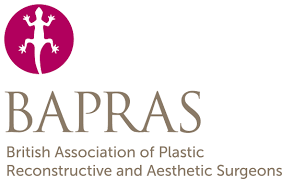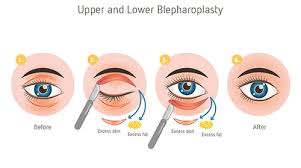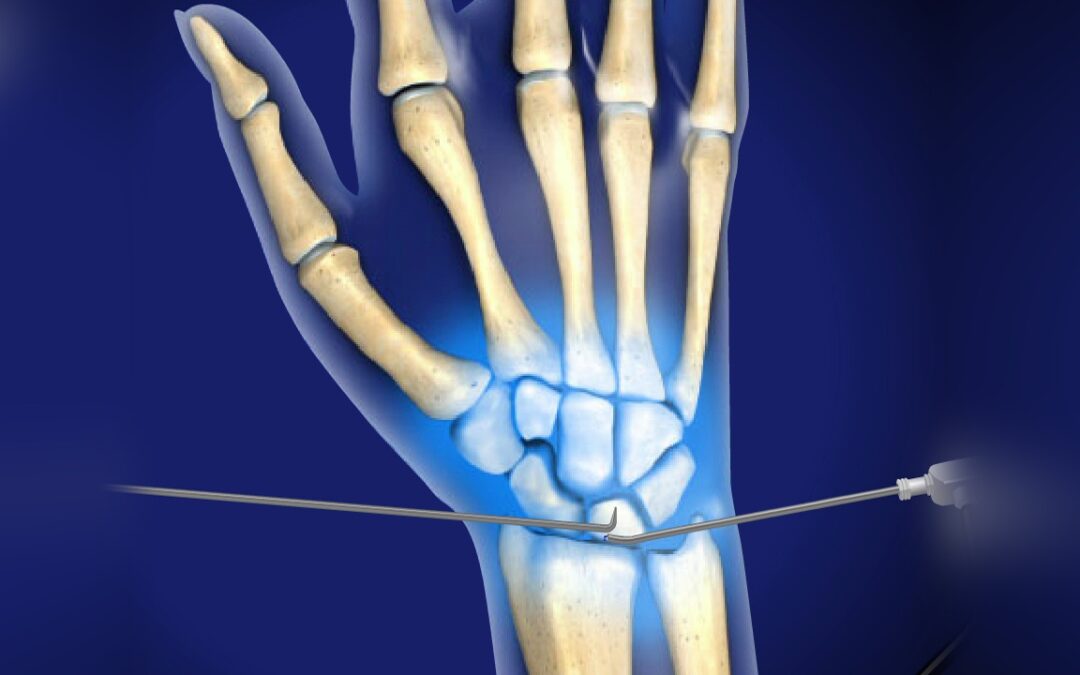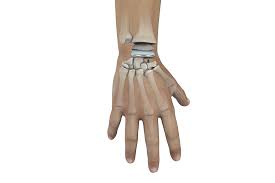Congenital Deformities
Congenital hand deformities are birth defects that affect the hands. These deformities can range in severity from mild to severe. Some common congenital hand deformities include:
- Syndactyly: This is when two or more fingers are joined together.
- Polydactyly: This is when a person has extra fingers.
- Clubhand: This is when the hand is turned inwards.
- Malformations of the thumb: This can include a short thumb, a missing thumb, or a thumb that is not fully developed.
In some cases, congenital hand deformities can be corrected with surgery. Surgery for congenital hand deformities is usually performed when the child is young, as this is when the bones and tissues are still growing and more easily manipulated. The goal of surgery for congenital hand deformities is to improve the function and appearance of the hand.
What are the different types of surgery for congenital hand deformities?
There are many different types of surgery that can be used to correct congenital hand deformities. The type of surgery that is used will depend on the specific deformity. Some common types of surgery for congenital hand deformities include:
- Syndactyly release: This is a surgery to separate two or more fingers that are joined together.
- Polydactyly correction: This is a surgery to remove an extra finger.
- Clubhand release: This is a surgery to straighten the hand and correct the inward turning of the hand.
- Thumb reconstruction: This is a surgery to correct malformations of the thumb.
What is the recovery time after surgery for congenital hand deformities?
The recovery time after surgery for congenital hand deformities varies depending on the specific deformity and the type of surgery that is performed. However, most patients will need to wear a splint or cast for 4-6 weeks after surgery. They will also need to avoid strenuous activity for 4-6 weeks.
What are the risks of surgery for congenital hand deformities?
The risks of surgery for congenital hand deformities are similar to the risks of any surgery, including:
- Infection
- Bleeding
- Nerve damage
- Scarring
- Reaction to anesthesia
- Failure of the surgery
What is the prognosis for congenital hand deformities?
The prognosis for congenital hand deformities that are corrected with surgery is usually good. Most patients who have surgery for congenital hand deformities make a full recovery and are able to use their hands normally.
Here are some additional tips for patients considering surgery for congenital hand deformities:
- Be realistic about your expectations. Surgery cannot completely change the appearance of your child’s hand.
- Choose a board-certified hand surgeon with experience in surgery for congenital hand deformities.
- Ask your surgeon about their aftercare plan.
- Be prepared for a lengthy recovery period.
- Be patient with your child’s results. It can take up to a year for your child’s hand to fully heal.












